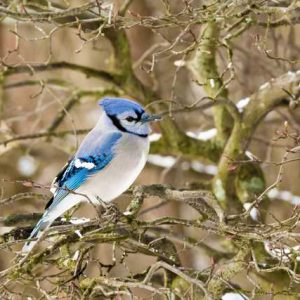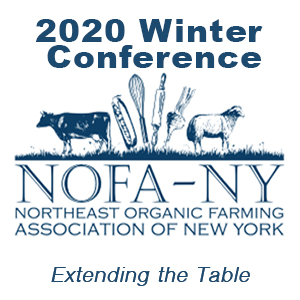 The 38th Annual Winter NOFA-NY Organic Farming and Gardening Conference will be held January 17-19, 2020 at the Oncenter in Syracuse, NY. The conference is an opportunity to connect with sustainability-minded farmers, gardeners, and consumers. Billed as one of the largest in the region, with more than 1,100 attendees annually and more than 100 educational workshops and an approximate 80 trade show vendors. This year, NOFA-NY is combining two events – the Winter Conference and the 9th Annual Organic Dairy and Field Crop Conference into one weekend. The 2020 theme is Extending the Table. View the conference schedule here.
The 38th Annual Winter NOFA-NY Organic Farming and Gardening Conference will be held January 17-19, 2020 at the Oncenter in Syracuse, NY. The conference is an opportunity to connect with sustainability-minded farmers, gardeners, and consumers. Billed as one of the largest in the region, with more than 1,100 attendees annually and more than 100 educational workshops and an approximate 80 trade show vendors. This year, NOFA-NY is combining two events – the Winter Conference and the 9th Annual Organic Dairy and Field Crop Conference into one weekend. The 2020 theme is Extending the Table. View the conference schedule here.
Peter Jemison is the keynote speaker. Peter is the site manager of Ganondagan State Historic Site which houses the Iroquois White Corn Project that currently yields an average of 5,000 pounds of corn per year. He is a Heron Clan member of the Seneca Nation of Indians. Each year at the Winter Conference, NOFA-NY presents the Farmer of the Year award to someone who has gone above and beyond to advance organic agriculture in New York State. For More Information and Registration
Whether you are a farmer, gardener, homesteader or eater, NOFA-NY welcomes you to join them as they extend the table!

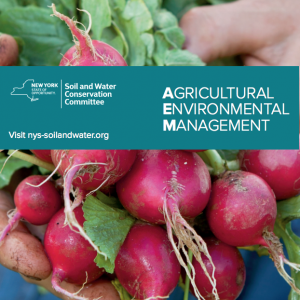
 After the holidays, don’t throw your real Christmas tree in the trash or set it on the curb. Real Christmas trees are biodegradable, which means they can be easily reused or recycled for mulch and other purposes.
After the holidays, don’t throw your real Christmas tree in the trash or set it on the curb. Real Christmas trees are biodegradable, which means they can be easily reused or recycled for mulch and other purposes.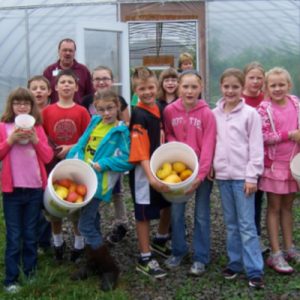
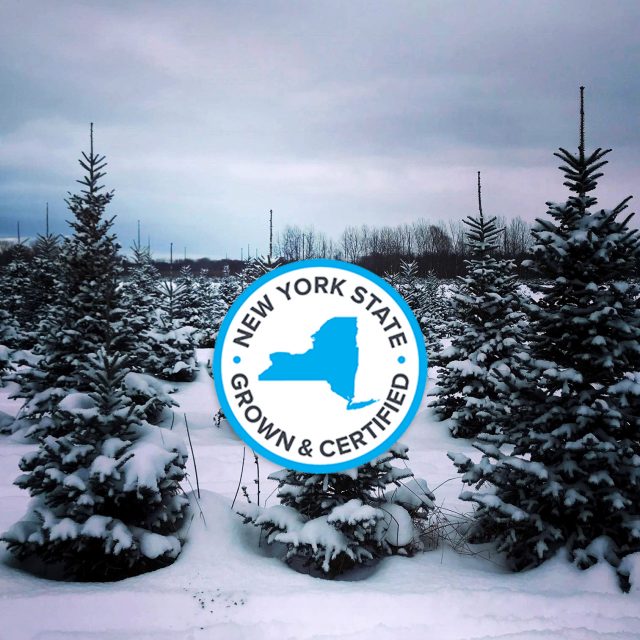 New York State “Grown and Certified” Christmas trees and wreaths will be on display in the state’s regional welcome centers and Taste NY stores, promoting New York’s agricultural and tourism industries.
New York State “Grown and Certified” Christmas trees and wreaths will be on display in the state’s regional welcome centers and Taste NY stores, promoting New York’s agricultural and tourism industries.